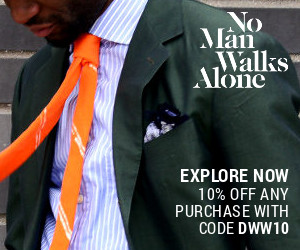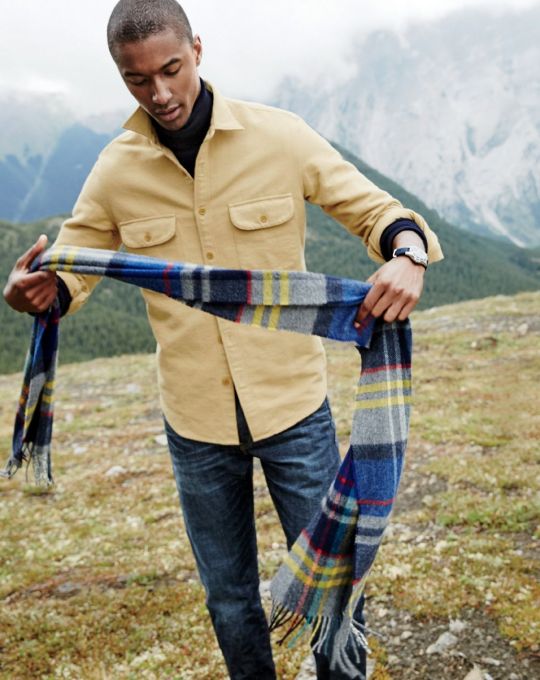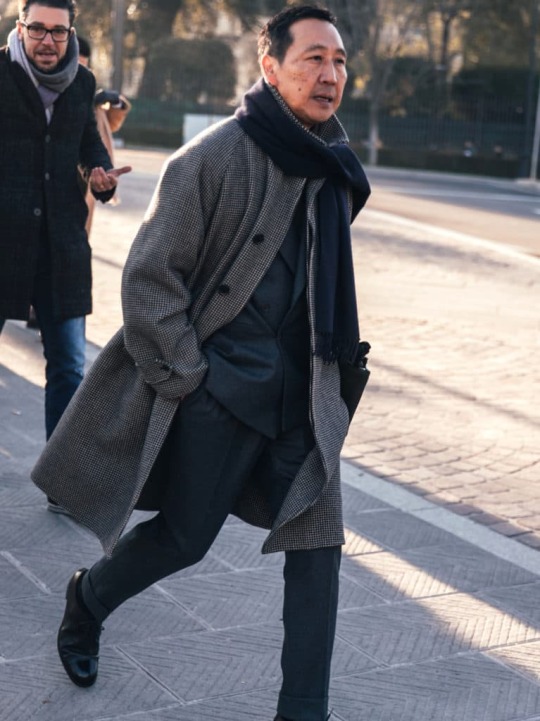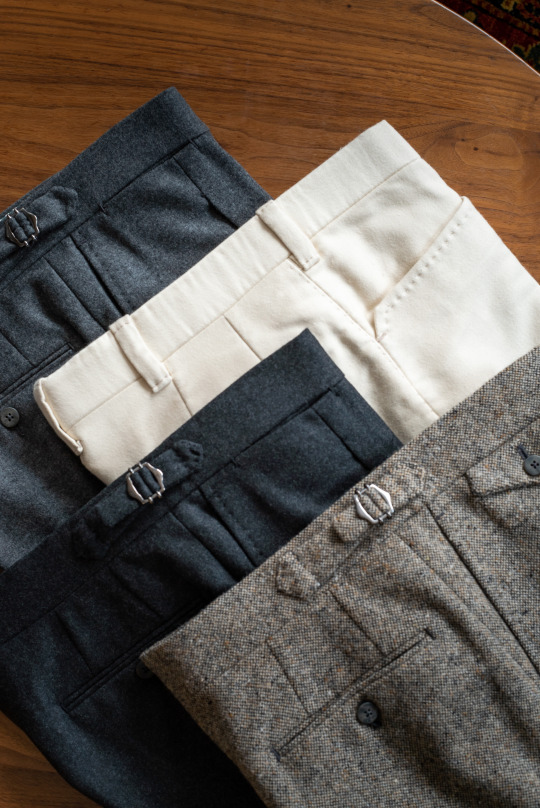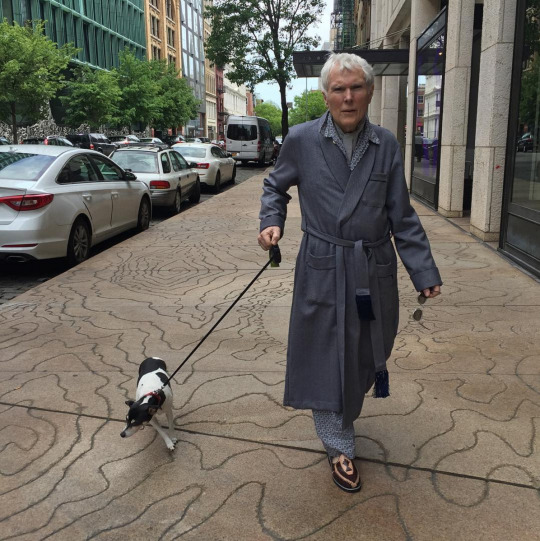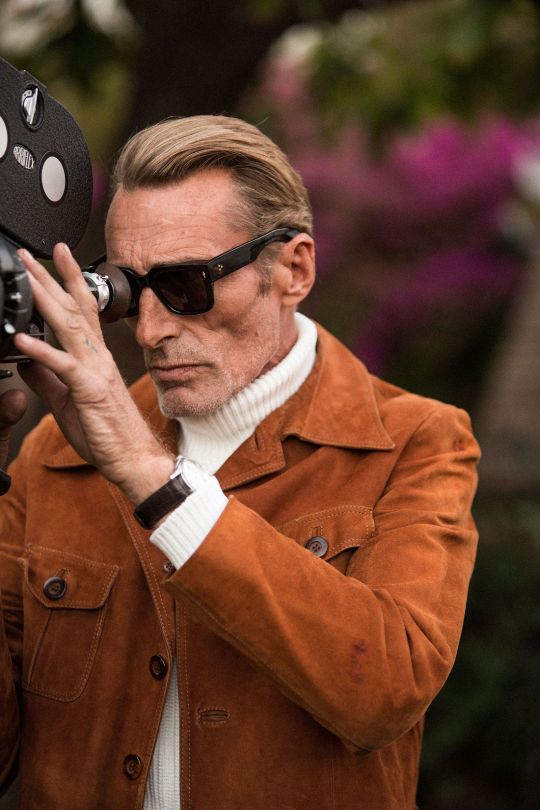
On an island in the New York Harbor, a quick ferry ride from downtown Manhattan, you can spend a night in a tent while enjoying an unparalleled view of Lady Liberty. The experience is hosted by Collective Governors Island, one of the many glamping destinations popping up across America. Glamping, which is a portmanteau of glamour and camping, is about “roughing it,” but with the modern amenities of a luxury hotel — a real bed, plush furnishings, stocked minibars, massage tables, and attending stewards. Such experiences have been around since the early 20th-century with African wildlife safaris, but today’s glamping retreats offer something local and democratic.
The Yelp reviews for Collective Governors Island are nothing short of hilarious. The campground is described as a “soccer field” and “dirt-filled.” One reviewer complained that there aren’t enough planned activities aside from movie night and s'mores. Another says the island is too quiet. More than a few say that sleeping under the stars — no matter how romantic the idea — means you have to suffer under a blanket of heat and humidity. This is because, well, the Northern Hemisphere tilts towards the sun in the summertime, and sleeping in a tent means it’ll be hot. My favorite is the reviewer who complained there are bugs and wished there was a kiddie pool. The most sensible person wrote: “Some of these reviews are a bit ridiculous. I mean, it’s CAMPING after all.”
Then there are the critics on the other side of the aisle. Sportsmen, hikers, and outdoor purists often see glamping as a posh and phony version of the real thing. Why pretend you’re reconnecting with nature when these RRL-like set-ups are often better than your actual home? Glamping is frequently described as inauthentic, but that raises the question: what is the most authentic version of camping?
Keep reading

